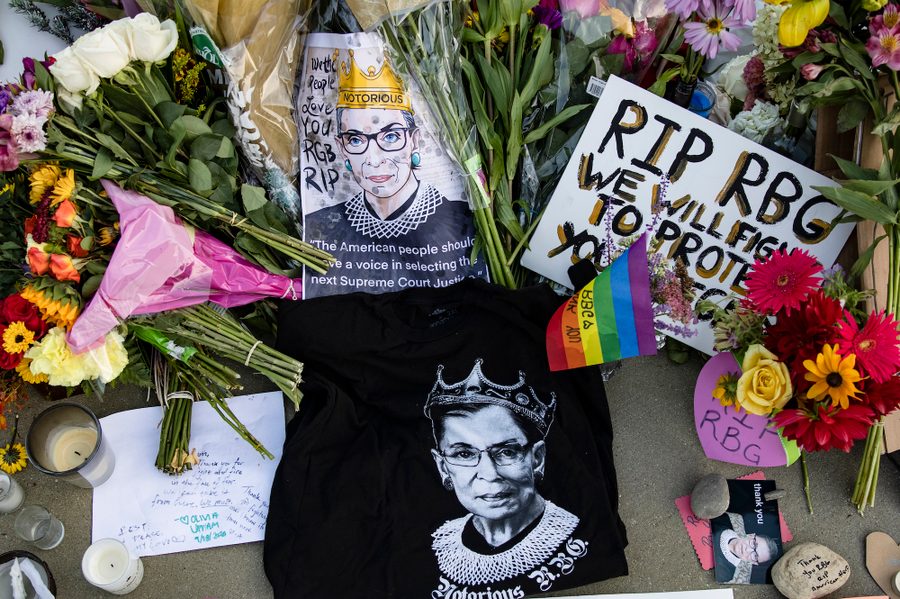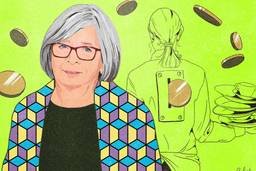Ruth Bader Ginsburg’s Death Felt Like the Loss of a Friend
Ginsburg’s story is, in many ways, the story of women in the 20th century. It’s no surprise, then, that her loss feels deeply personal.
Diana Babineau

I first heard the news while cooking dinner: Ruth Bader Ginsburg is dead. I was waiting for some water to boil and checked my Instagram, scrolling past square after square of Notorious RBG photos (looking fierce as ever) before I realized what they were — not the usual memes of her baddassery, but tributes, remembrances. As I digested what had happened, I found myself sinking to my kitchen floor in shock, water bubbling over the lid, spilling onto my stovetop.
We still don’t know the depth of the horrifying political fallout coming. With the likely confirmation of Amy Coney Barrett, we may face a wholly conservative majority on the Supreme Court for decades. And that so many of the protections we enjoy today should seem to have rested on the shoulders of one woman is deeply troubling and an utter failure of our democracy.
But for so many I’ve spoken to — especially women — the loss feels deeply personal, as though Ruth had been a close friend. Sady Doyle tried to make sense of this phenomenon through the lens of internet culture in our December 2015 issue, with her story, “How Justice Ruth Bader Ginsburg Became the Supreme Meme Queen.” The internet “turned Ginsburg into an icon of dissent,” Doyle writes:
The memes about her ferocity stem from the relatively few dissents she has issued: against the 2006 gutting of the Voting Rights Act, against the Hobby Lobby decision, against Citizens United. While it’s fun to imagine Ginsburg mowing down her enemies with targeted insults, the fact is these dissents are powerful precisely because Ginsburg is so cooperative and reserved.
… This explains why Ruth Bader Ginsburg deserves your respect, but it doesn’t quite explain her Internet fandom. Ginsburg isn’t the first or the only female Supreme Court Justice, nor the only liberal justice, and she is far from the only justice ever to offer a memorable dissent. … How did a quiet 82-year-old opera fan become the face of feminist rage?
One answer … is that Ginsburg’s story is, in many ways, the story of women in the 20th century. From an upbringing in which her mother told her never to get angry, to raising children while attending law school, to being outright asked by a professor why she was taking a spot away from a male student … to earning a seat on the Supreme Court, every gain made by women in the 20th century has been played out in the gains made by Ruth Bader Ginsburg.
“People can see themselves in her,” [Shana Knizhnik, co-author of Notorious RBG: The Life and Times of Ruth Bader Ginsburg,] tells me. “She has gone through struggles and she hasn’t always had things easy, and her work ethic and her stance on life is to always get back up.”
The Notorious RBG is now permanently associated with the act of dissent. For women and young people — both of whom tend to feel underrepresented in the political process — it is inspiring to see a woman in the nation’s highest court whose power comes from saying “no.” … And we need those women, badly …
RBG’s legacy is now on us, to say “no” to injustice again and again and again, as long as it takes.
Diana Babineau is managing editor at In These Times. She is a consulting editor for Kenyon Review, and her poetry appears in North American Review, The Common, and the anthology Dear America: Letters of Hope, Habitat, Defiance, and Democracy.








